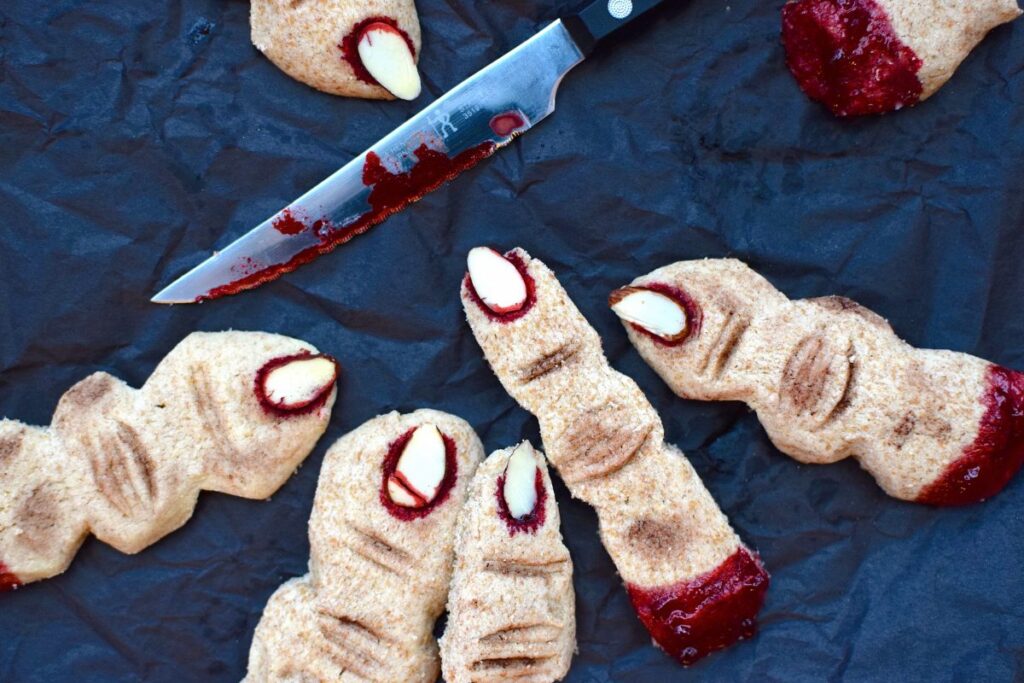SōRSE News & Blog
Home > News/Blog
More results...
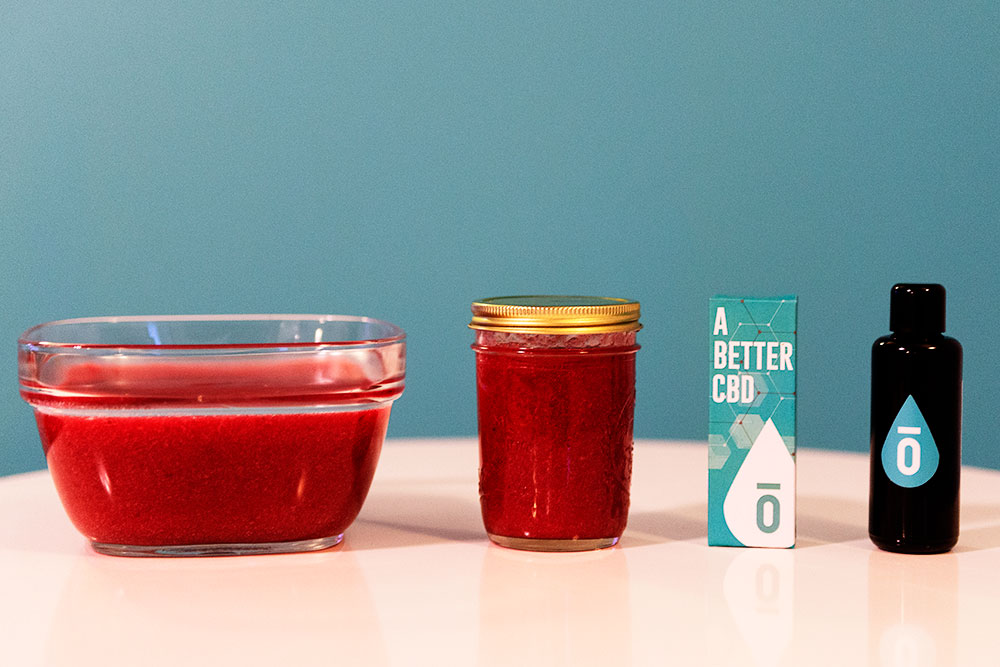
Holiday Recipe: Celebratory Cran-Apple Sauce
Try our Celebratory Cran-Apple Sauce recipe to complement the turkey, ham, or stuffing on the table.
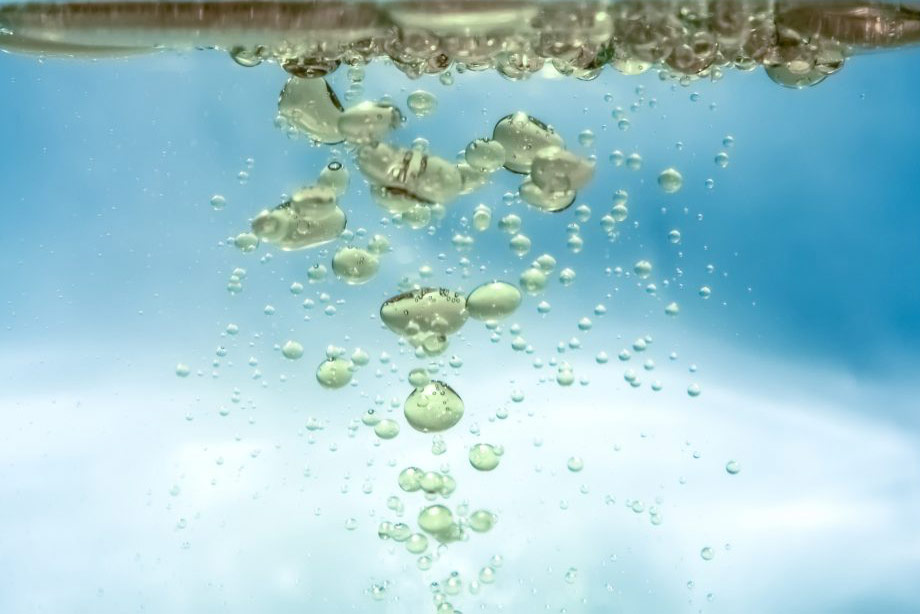
What Would Development Look Like Without a Water-Soluble Solution?
Discover the advantages of a water based formula.
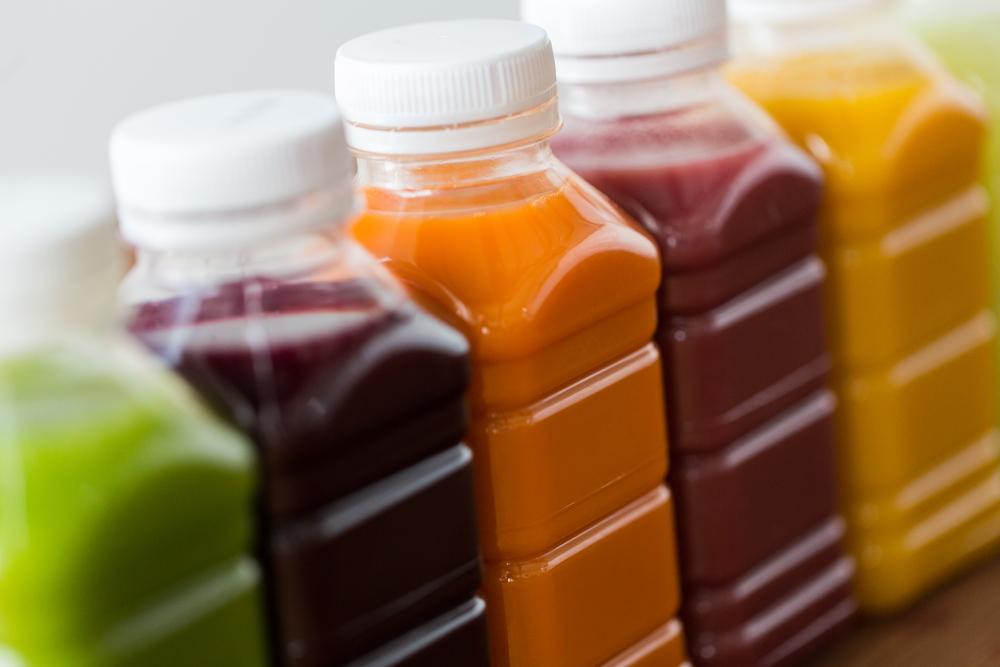
The Versatility of SōRSE in CBD Products
It is increasingly true that if a product exists, there is a CBD-infused version of it.

What New Consumers Want In a CBD Product
Projections estimate the CBD market will see $15-20 billion in sales in the next 5 years.
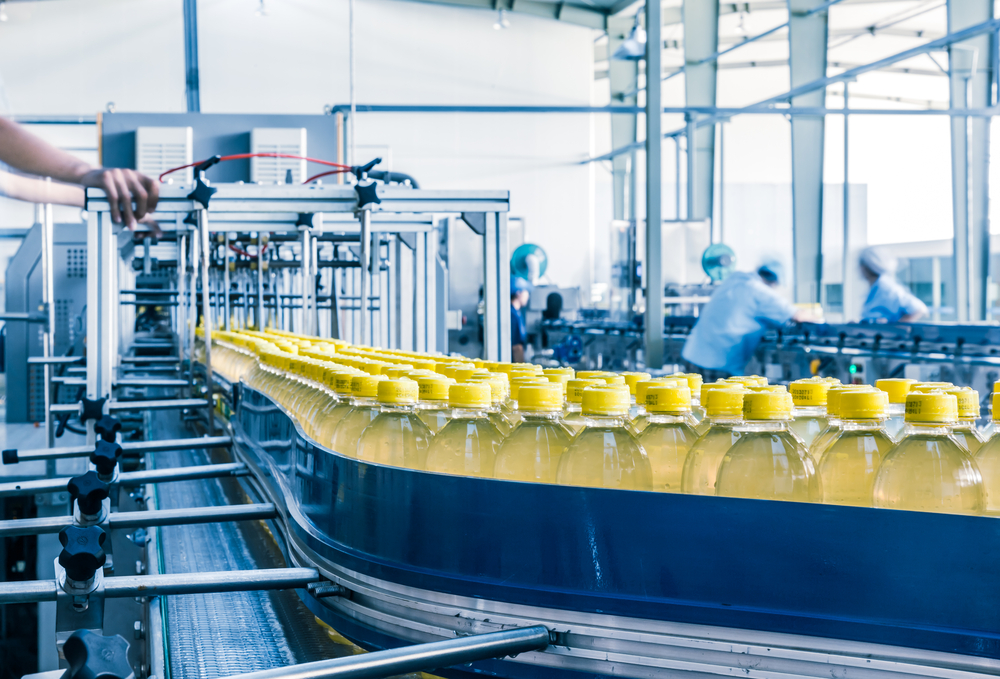
4 Steps to Entering the CBD Market
Here’s how you should you prioritize your energy to optimize for this specific niche.
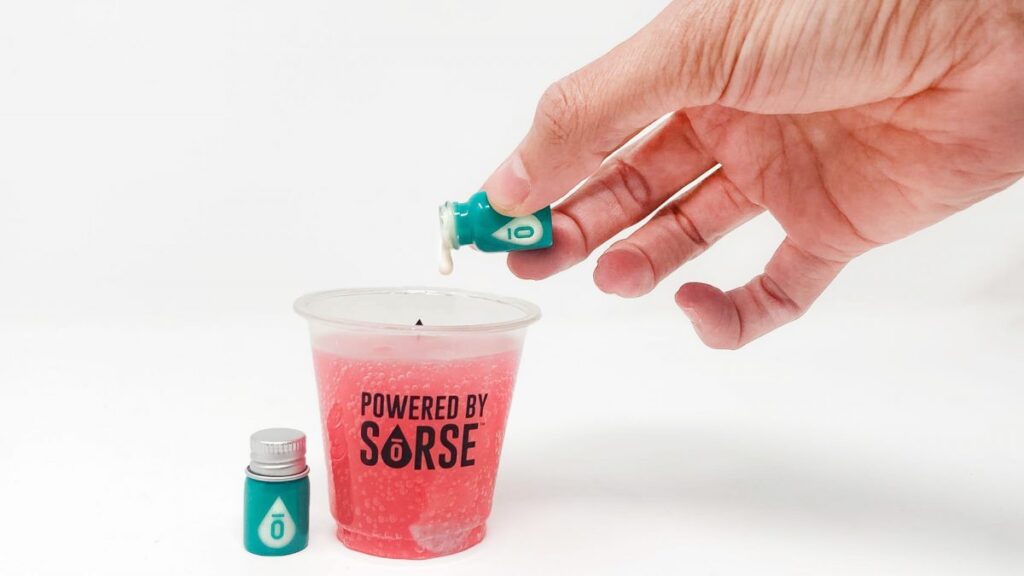
What To Expect When Creating Your First CBD-Infused Product Line
This industry is a very exciting, dynamic place.
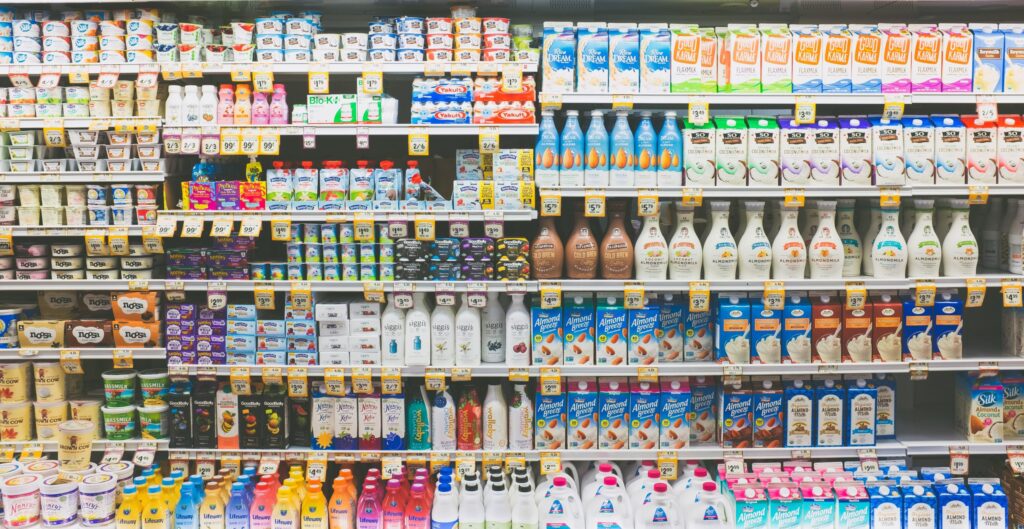
5 Reasons Why CBD Should Be Allowed In Food Items
The reality is, CBD is a versatile and approachable ingredient for a variety of products.
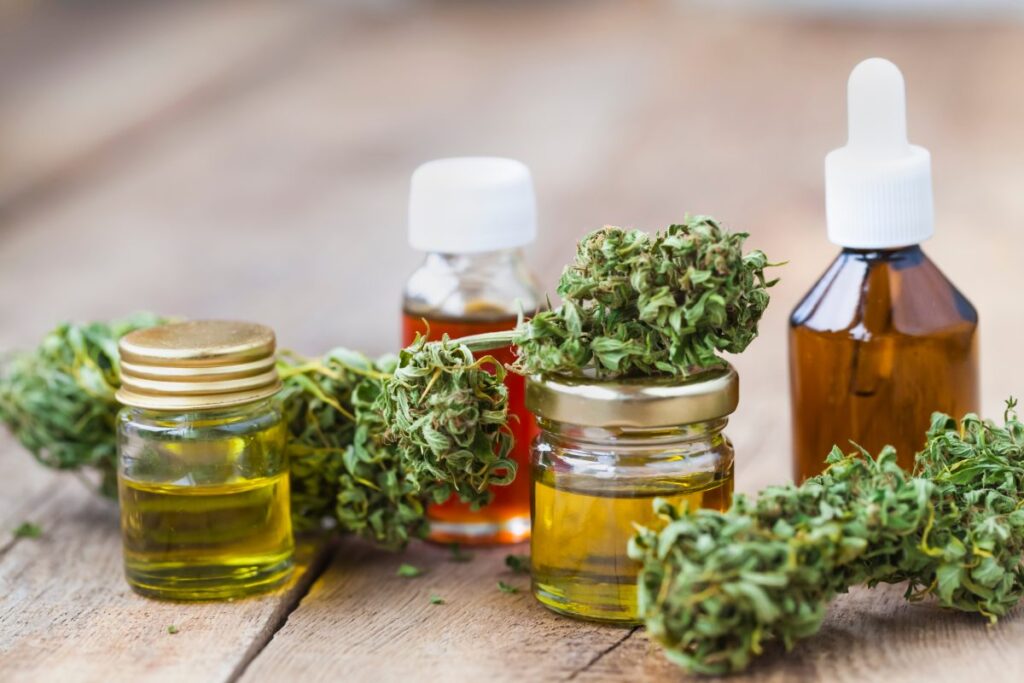
5 Questions to Ask Your CBD Supplier
The answers should lead you to the best possible partnership for your product.









